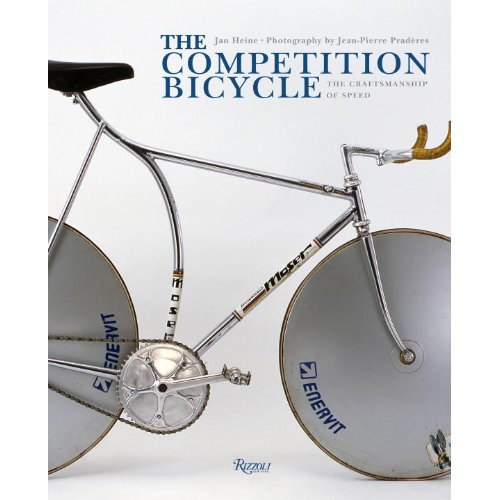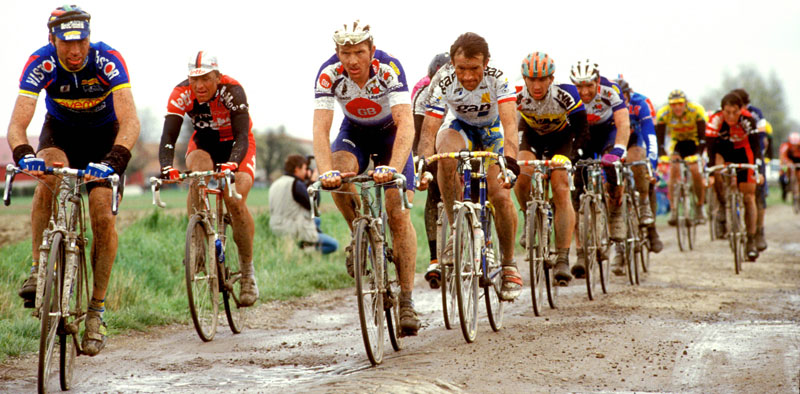If it so good, why don't the racers use it?

A common objection to some of Bicycle Quarterly’s findings is: “If xyz is so good, why don’t the racers use it?” Whether it’s wide tires at lower pressures or front-end geometries, some of what we find to work best is not currently used by professional racers. Don’t professional teams do a lot of testing and development of their equipment? Isn’t it safe to assume that their equipment is optimized for the job at hand? I believe the answer is: “Not always.”
No professional racer used aerobars before Greg LeMond famously won the 1989 Tour de France with them (above). Earlier in 1989, I heard people say: “If aerobars offer such an advantage in time trials, why don’t the pros use them?” After all, Francesco Moser’s scientific team just had done a huge amount of research on bicycle aerodynamics to set a new hour record. Their research had determined the ultimate aerodynamic bicycle (shown on the cover below). Professional racers were using similar machines for their time trials.

On July 23, 1989, Greg LeMond was desperate: Going into the final stage of the Tour, he was in second place. LeMond was 50 seconds behind Laurent Fignon, and victory seemed just barely out of reach. LeMond had nothing to lose and everything to gain, so he had his mechanic install aerobars on his time trial bike. The more aerodynamic position gave him the advantage he needed to secure victory by 8 seconds.
The “state-of-the-art” time trial bike had become outdated from one day to the next. People realized that you had to improve the aerodynamics of the rider, not the bicycle, for optimum speed. All the research that went into Moser’s hour record turned out to be a blind alley. If Moser had slapped aerobars onto a standard track bike, he would have gone faster!
Imagine if LeMond had not been in second place going into the last stage of that Tour de France: Would racers still use “funny frames” and cowhorn bars in time trials today? I doubt it – eventually, scientific advances become accepted by the mainstream.
Take wider tires run at lower pressures: VeloNews reported that in this year’s Giro d’Italia, many teams used 25 mm-wide tubulars even on smooth roads. For more than 30 years, 21.5 mm tubulars were the standard tires in professional racing. Back then, pro racers used 25 mm tires only on the brutal cobblestones of Paris-Roubaix, “The Hell of the North” (below in the mid-1990s).

What caused the change to wider tires? Most important was the realization that lower pressures don’t make tires roll slower. This means that wider tires – which have to run at lower pressures – can be as fast or faster than narrower tires. Once this was established, at least partially through Bicycle Quarterly’s research, equipment makers could test wider tires in the wind tunnel and on the road. And they apparently found that wider tires perform better even on smooth roads. A mechanic explained: “You get more grip, more comfort; the guys like it.”
So when somebody says: “If xyz is so good, why don’t the racers use it?” perhaps the best response is: “Give them some time, and they probably will come around.”
Photo credit: ©John Pierce, Photosport International.


